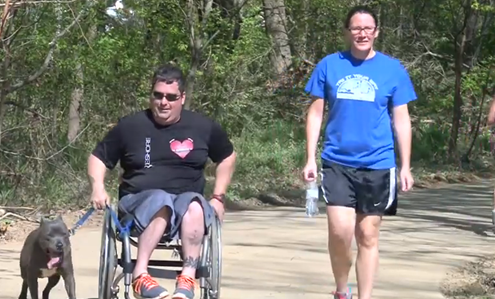Promoting physical activity among patients is a top concern for many physicians; however, the lack of accessible areas for patients continues to be a public health issue around the world. Given the limited patient/provider consultation, it can be helpful for providers to provide their patients with some quick tips to promote walking. It may also be beneficial to identify potential resources for patients who may need additional accommodations as they embark on their journey of health. Common approaches include the following:
- Providing patients with a list of accessible locations nearby that they can use as resources to exercise.
- Discuss the health benefits of walking.
- Discuss the physical activity guidelines.
- Provide patients with a list of alternatives to walking that also serve as physical activity, specifically for individuals with disabilities or anyone who needs additional accommodations.
List of Accessible Locations
There may be multiple locations in the community that are accessible for patients, but oftentimes patients and/or physicians may not be aware of these locations. Here are some strategies to help:
- The National Public Radio (NPR) has created a resource to identify accessible playgrounds throughout the United States: http://www.playgroundsforeveryone.com/search.html
- Try the AXS Map app. This app provides users with the ability to rate and review wheelchair accessibility of a variety of locations: https://www.axsmap.com/
- Link patients to their local YMCA. These centers provide multiple resources for individuals with disabilities to be and/or remain active: http://www.ymca.net/

Health Benefits of Walking
There are a number of benefits to walking for individuals of all age, race, gender, and ethnicity including the following:
- Reduces arthritis-related pain (Harvard Medical School, 2018)
- Reduces chocolate cravings (Harvard Medical School, 2018)
- Reduces the risk of developing breast cancer (Harvard Medical School, 2018)
- Boosts immune function (Harvard Medical School, 2018)
- Reduces the effects of weight-promoting genes (Harvard Medical School, 2018)
